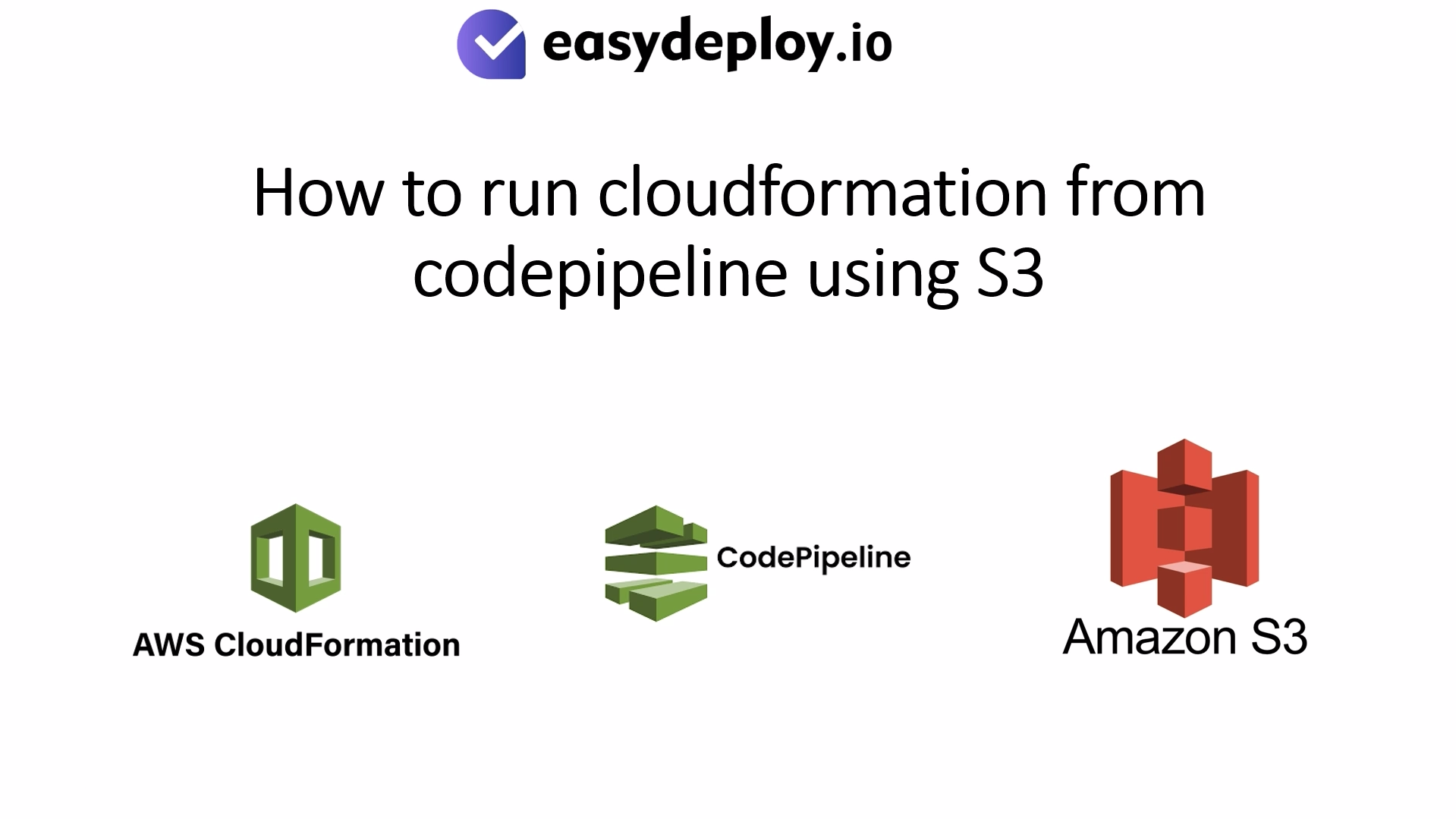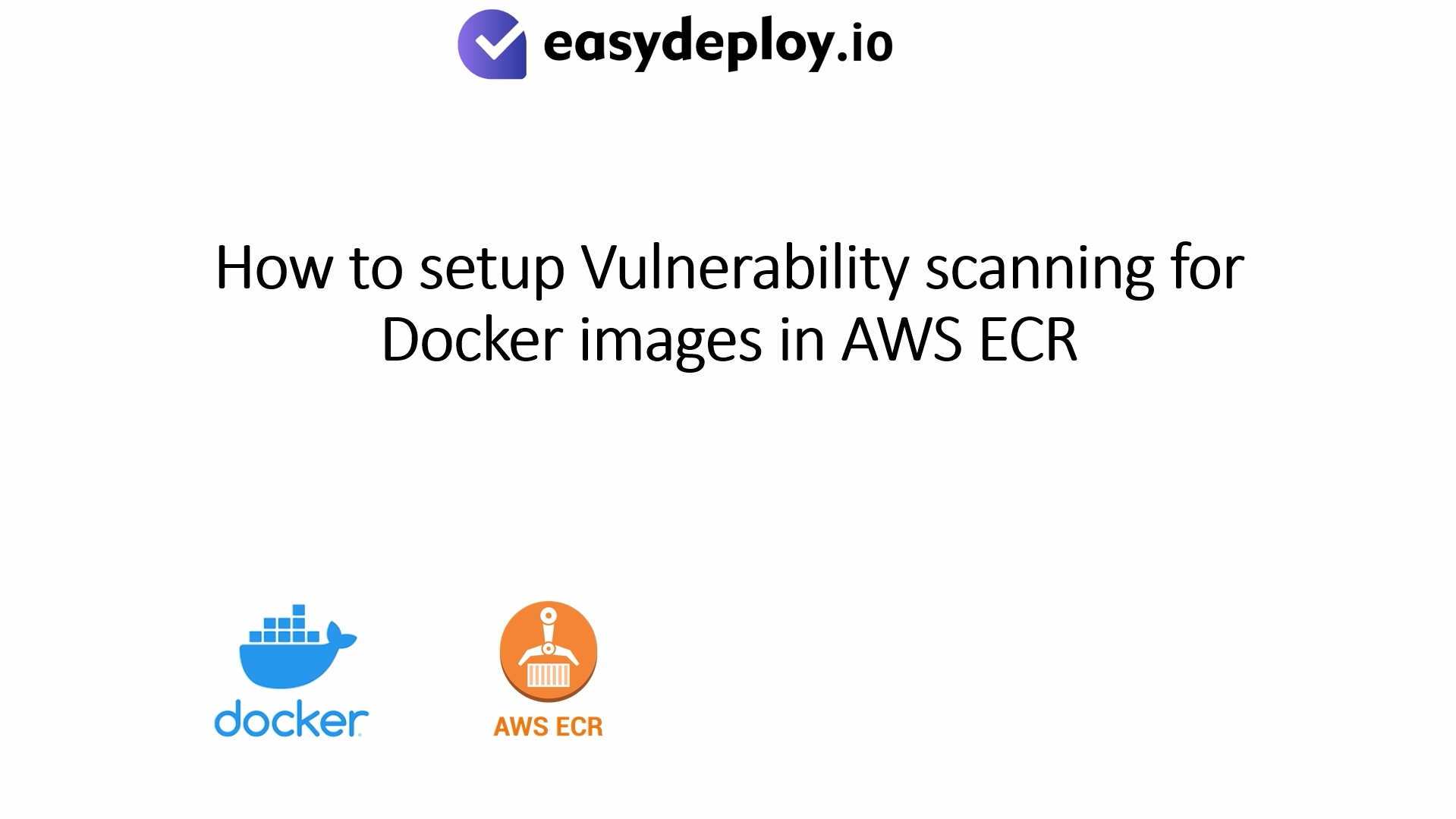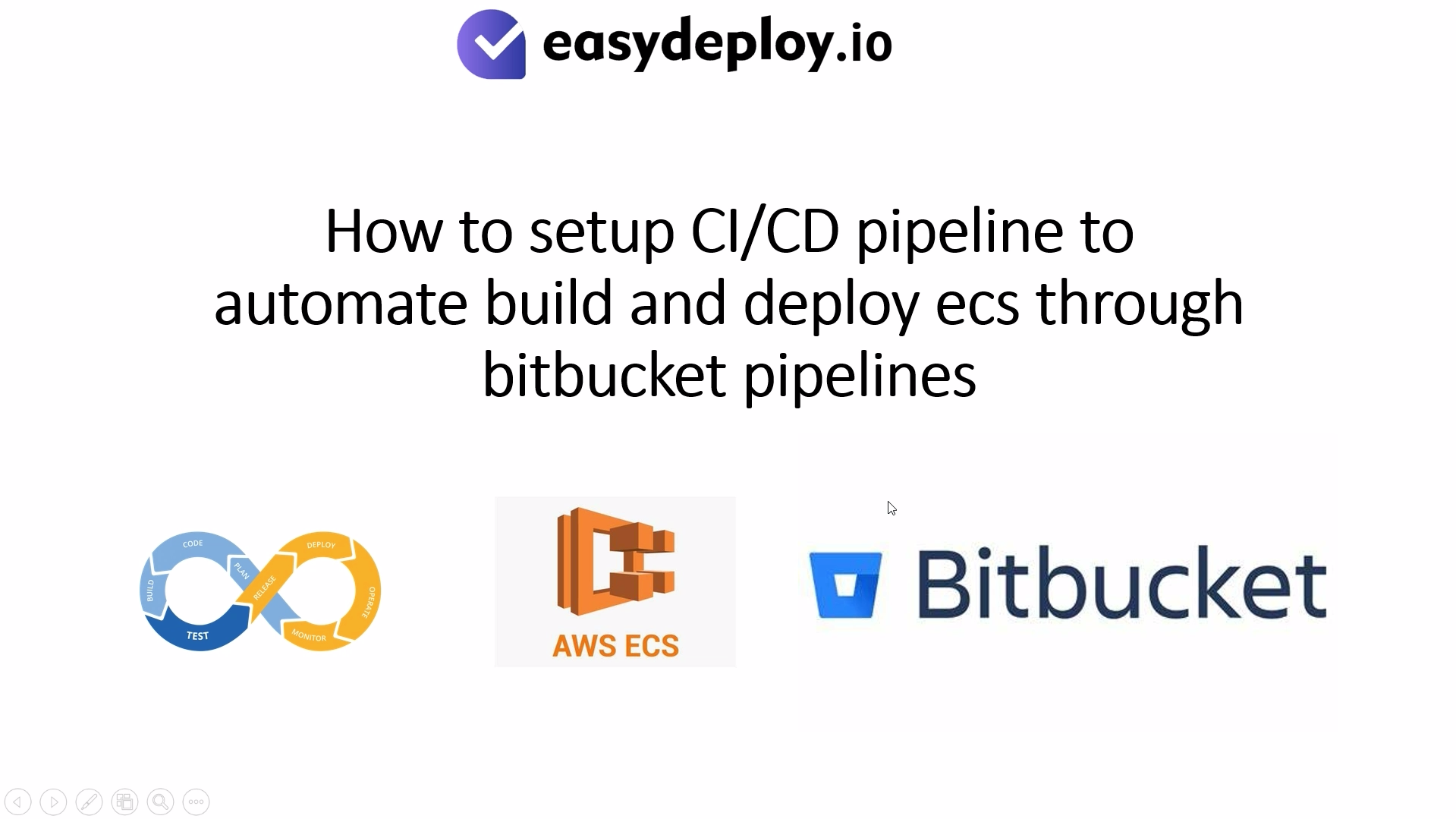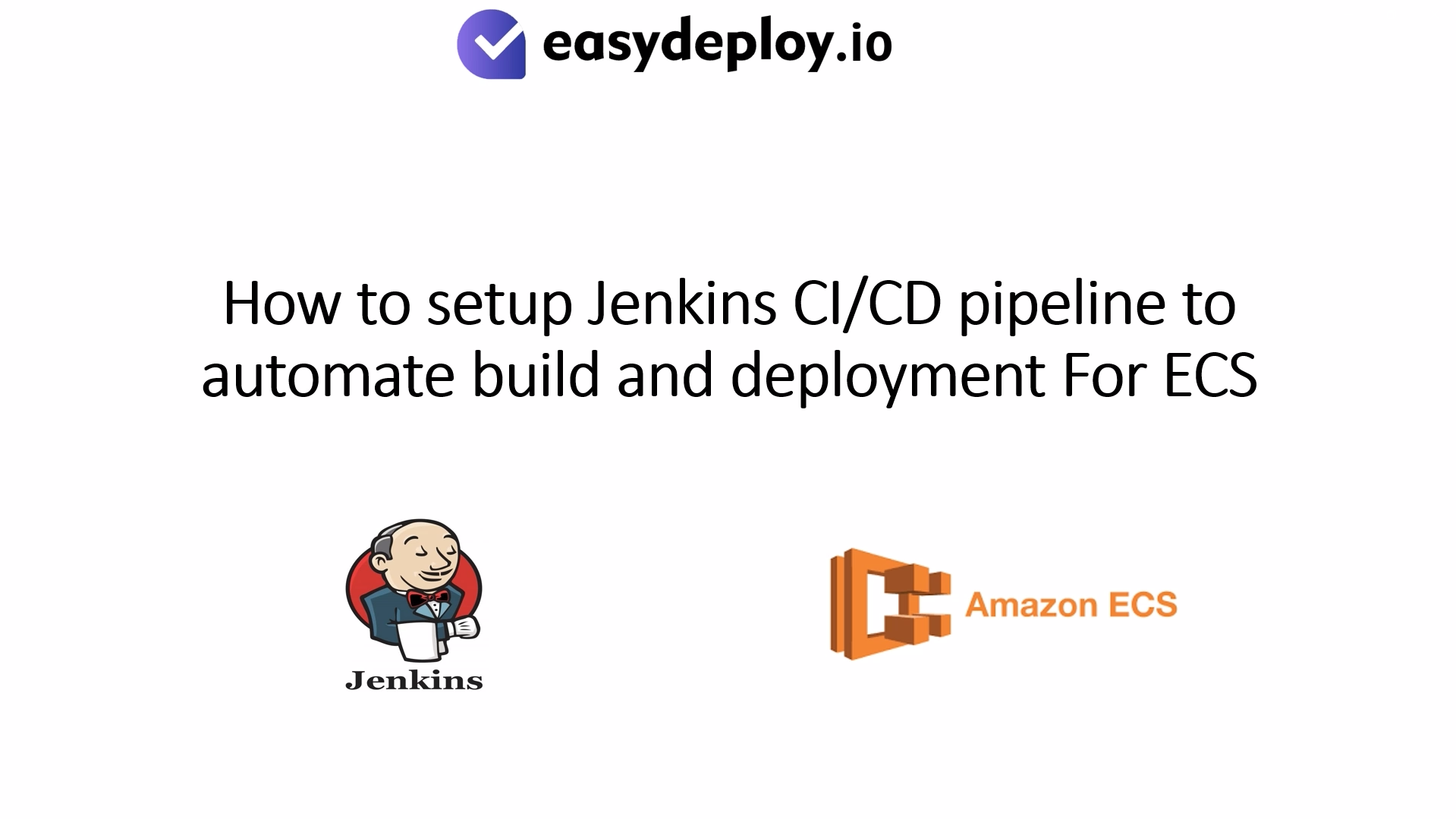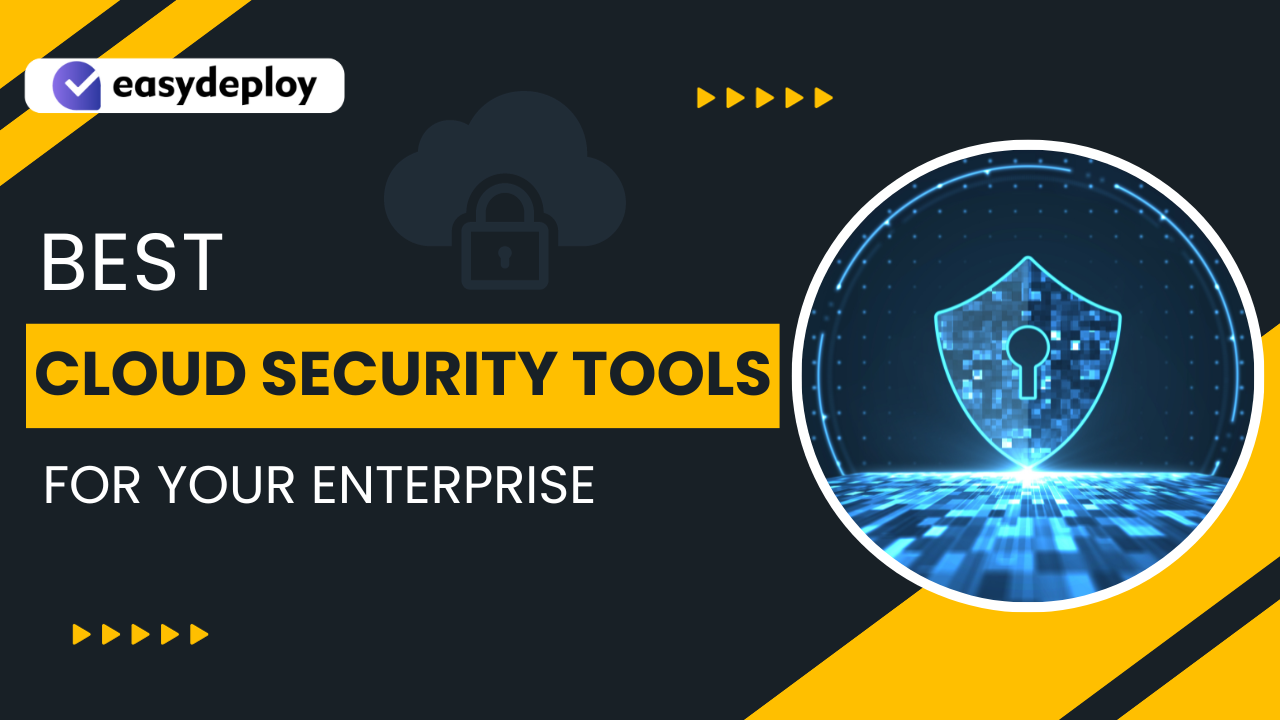There are various genuine reasons behind the growing acceptance of cloud technologies. Be it about being cost-effective or increasing productivity; it has been helpful all the way. In fact, highly resourced enterprises can’t just find cloud enough for their venture. This is where hybrid architecture comes into play.
It is primarily a blend of public and private cloud services, along with data centers. Enterprises establish their units in accordance with their requirements. A hybrid architecture is quite essential to hold the variety of applications that a top-level enterprise needs.
The hybrid cloud is the weapon of choice for 45% of enterprise – Flexera
Most Common Hybrid Cloud Myths and Facts
However, most enterprises still haven’t adopted hybrid architecture. The primary reason behind this is due to the various confusions associated. There are various hybrid cloud myths floating actually those are responsible behind such scenarios.
1. It doesn’t cope well with changing technologies
Modern-day technology is ever-transforming. It has to transform as the scenarios of requirements too are changing. This makes it clear that hybrid architecture can’t just be a permanent solution; it, too, provides the flexibility of changes. One of the frequently heard hybrid cloud myths is that it doesn’t provide the flexibility of changes.
If that was true, large companies wouldn’t have opted for this. After all, these large companies are the pioneers of every new technology that surfaces. They want to stay updated technically. Naturally, they would wish for changes more frequently than anyone else. Still, they put their applications over hybrid architecture. This clearly states that the hybrid cloud myths should not be believed; it provides utmost flexibility.
2. It is equivalent to on-premise infrastructure
The first thing that should be kept in mind is that the cloud is not the same thing as of on-premise infrastructure. Capabilities do obviously vary from one to the other. So hybrid cloud myths claim that applications can be shifted between cloud and on-premise should not be believed. Their capabilities differ, which means sustainability varies between the two. Through hybrid architecture, the applications can be smoothly made functional throughout the data centers.
3. It’s always one hybrid cloud for one company
There are various hybrid cloud myths that absolutely have no logic. First of all, cloud needs at the enterprise level are never constant. One large enterprise may need a range of cloud solutions to meet business requirements. Starting from the services related to infrastructure to those for data centers, things vary. In fact, some have to run beyond the data centre of the concerned company. In addition, AWS is always there as an option. This is quite obvious as the IT architects have to go with different tools as per the need.
On such occasions, the hybrid cloud myths of such can be absolutely rubbished. The choices of technology often have to vary. However, the creation of hybrid architecture certainly is not imperfect. Hence, baseless speculations should be avoided.
Cloud computing has already taken the IT world by storm. Here’re the top cloud predictions to understand how the industry will shape up in the future.
4. Cloud infrastructure must handle the entire application
Such hybrid cloud myths are spread by those who don’t understand when the need for shifting over cloud appears. The main reason why people opt for cloud is because of their current system doesn’t fulfill a specific feature. It can be about scalability or safety-related concerns.
Additionally, business groups understand that the cost can always remain under control over the cloud. Here one has to pay only for what is used. Moreover, the cloud also comes up with something hot-off-the-fire always. But, this doesn’t mean that one can integrate application architecture over the entire cloud and data centers. Even if it is tried, the functionality of the application gets lowered. In short, the hybrid cloud myths of such should never be taken in to account.
5. Hybrid architecture doesn’t provide the flexibility of tools and platforms
As discussed above, the cloud needs vary from one venture to the other. Accordingly, the endurance of cloud architecture also varies. For companies with complex systems of bigger companies, it’s just impossible to keep up with the same specs. Now, if this is true, then the hybrid cloud myths of such should not be believed. There is always a gate to come out of the hybrid. The strategy of the cloud service provider is never to make everyone indulged in it. It is more about the requirement.
When a company doesn’t need the service or can’t afford it, there is no point for it to go with a service. Hybrid cloud myths that state that a company can only select one hybrid cloud are untrue. There are many examples where multi-cloud platforms are functional. In fact, there are companies using the services of both Azure as well as AWS. It’s a good decision though to maintain the flexibility for the concerned organization. Ultimately, it helps in saving some bucks as well.
6. There is no constraint over application on cloud
It is important for enterprises to understand the concepts of hybrid cloud architecture well prior to talking about it. At least one should have clarity regarding their business needs or the level of application they use. One would never believe in such myths having thorough knowledge about the applications. Enterprises have to depend upon numerous cloud services.
Even the top organizations have to juggle between different services. It just can’t be a spontaneous decision. Concerned IT professional has to take a peek into the system prior to taking any decision. In short, just anyone can’t transfer the application over the cloud as desired. Moreover, it is important to ensure whether the architecture itself supports. For established hybrid cloud architecture, an enterprise might have several application architecture modifications. After all, the intention is to ensure that the performance doesn’t get disturbed. Now, this should be enough to believe that the myths of such hold no truth at all.
Check Now: Do’s and Don’ts While Using Cloud Services
7. Applications have to be modified every time for cloud
It is more important to check the hybrid cloud facts rather than believing the feedbacks, which are mostly myths. Whether an application has to be modified or retained the way it depends upon the needs. In general, the bigger has to look for rewrites. After all, their concerns are way different than those of the small companies.
To make it simple, if a company needs explicit front-end infrastructure, the application has to be rewritten. Similarly, the cases where an application has been there since long past may need modification. But there is nothing compulsive about it. Issues of such are hardly related to small companies. They simply have to check whether the concerned edition is doing well for the cloud. It is good to check or assess different editions of the application as well. In short, any decision should be made only after checking the hybrid cloud facts thoroughly.
8. Data safety is not reliable on cloud
Security issues have been, and are quite obvious to be the concerns for an organization. However, one of the most peculiar hybrid cloud misconceptions is that data is not safe over cloud. Such assumptions can be totally rubbished as in the case of cloud; it’s the vendor that deals with everything. Everything here includes the security aspects as well. Moreover, they are responsible for safety. Prior to installing, they often demonstrate safety assurance to the concerned company. They ensure that both data and apps are thoroughly safe.
For greater assurance, one may inquire whether the vendor has encryption technicalities. It would be even better to have the encryption keys. Moreover, any kind of hybrid cloud misconceptions should be addressed with an expert, not through any random person.
9. Handling data is a complex affair
Hybrid cloud architecture ensures greater safety. However, safety doesn’t mean it has to be complex. Rather, the core idea of the cloud is to keep things simple for the client. One should simply know that a platform that is flexible can never be complicated. It provides the flexibility to the administrator to make any kind of change with data as per need.
One who is new to AWS, may confuse with the long AWS services list. So, here we bring a list of most popular AWS services that you should start with!
10. A hybrid architecture is expensive
Many small business groups have the speculation that setting up a hybrid infrastructure can be expensive for them. This is not true. One just can’t term something expensive based on the initial investment it involves. Anything that is installed for the first time has to be costly. Those who actually need a cloud or have realized its worth would never mind the price.
After all, the budget has been the utmost concern for every business. Those who see greater productivity through it would never say it is costly. One should not confuse as there are a number of small business groups that have no price concerns regarding the cloud. In short, prioritizing productivity, confusion around cost factors can be thoroughly addressed.
Conclusion
It is important to distinguish well between the hybrid cloud myths and facts. Rather than the myths, one should check the facts. In this context, one should not have the perception that hybrid cloud is just flawless, or it has no technical issues. It is crucial to check the aspects like API compatibility prior to going for a hybrid cloud. One must also ensure that network compatibility is effective enough to handle the applications.
As these systems are pretty high-end in nature, it is recommended to consult experts regarding hybrid cloud myths and facts prior to implementing them.


